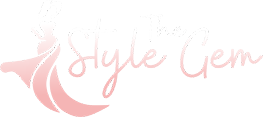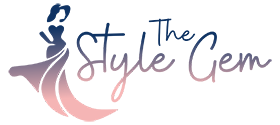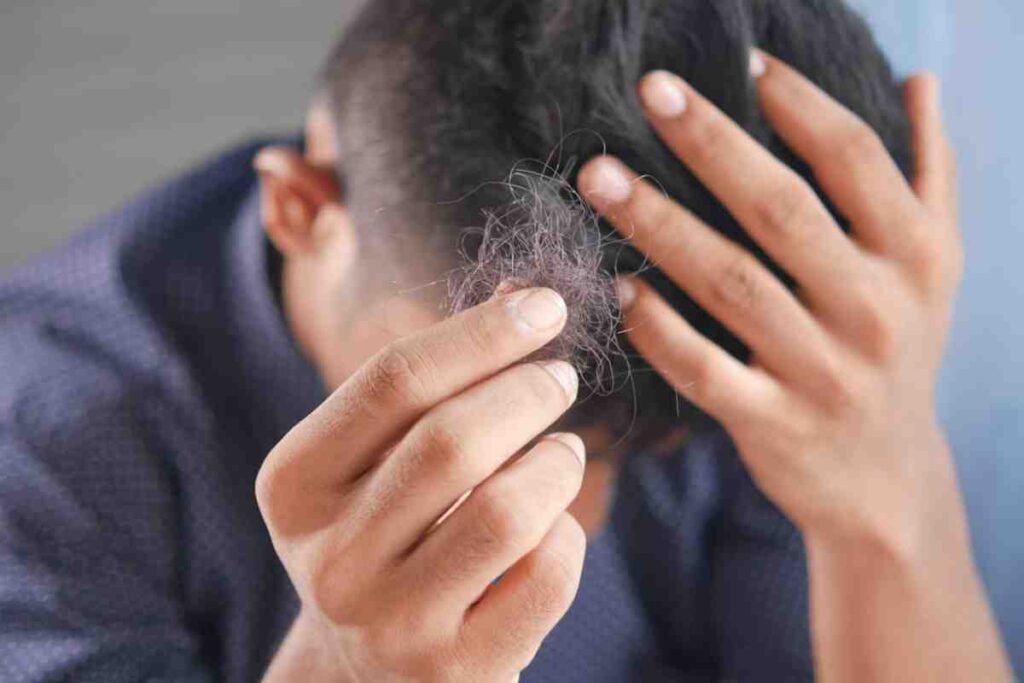Hair loss affects millions of people worldwide—men and women alike. While medical treatments exist, many people seek safer, science-backed alternatives they can apply in the comfort of their homes. If you’re searching for at home hair loss treatment methods that are actually supported by data, this article is for you. Below are eight well-researched, effective solutions you can use to restore your strands and improve your scalp health naturally.
1. Topical Minoxidil: FDA-Approved and Effective
Minoxidil is the only over-the-counter topical treatment approved by the FDA for both manly and womanly pattern baldness. Clinical studies show that 40% of users experience moderate to dense regrowth after consistent use over 3–6 months.
While it doesn’t work for everyone, topical minoxidil can kickstart hair growth by stimulating blood flow to the follicles. For those asking, how can I treat hair loss at home, this is often the first option recommended by dermatologists.
2. Batana Oil: A Natural Follicle Stimulant
Batana oil, extracted from the American palm tree (Elaeis oleifera), has been used for centuries by the Miskito people of Honduras. Recent studies highlight its rich content of oleic acid, antioxidants, and tocopherols that contribute to follicle repair, scalp nourishment, and visible regrowth.
When applied 2–3 times a week, batana oil supports hair density, reduces breakage, and improves elasticity. This at home hair thinning remedy works well for those avoiding chemical-based products. For high-quality, plant-based options, consider Keyoma, known for ethically sourced batana blends.
3. Scalp Micromassage: Boost Circulation, Boost Growth
Massaging the scalp for 4–10 minutes daily can increase blood circulation and stretch the dermal papilla cells in the scalp, which play a vital role in hair growth. In one Japanese study, participants who used a scalp massage device experienced increased hair thickness in just 24 weeks.
If you’re looking for at home DIY hair growth treatment methods, scalp massage is a no-cost option with no side effects. Pair it with a nourishing oil to double the benefits.
4. Rosemary Oil: Comparable to Minoxidil
In a 2015 randomized comparative trial, rosemary oil was found to be as effective as minoxidil 2% for treating androgenetic alopecia, without the itching that often comes with synthetic treatments. Rosemary is believed to improve cellular generation and blood circulation in the scalp.
A few drips massaged into the scalp daily makes it one of the top at home fast hair growth remedies. You’ll notice shinier hair and less fall within a few weeks.
5. Low-Level Laser Therapy (LLLT): Science Meets Tech
LLLT devices use red light or near-infrared light to stimulate hair follicles. Clinical trials show significant improvement in hair density and thickness after 16 weeks of reliable use.
Although it requires an initial investment, home-use laser caps and combs are FDA-cleared and increasingly accessible. If you’re serious about at home hair loss treatment, LLLT is one of the most promising innovations.
6. Scalp Exfoliation: Clear the Path for Growth
Dead skin, oil buildup, and product residue can clog follicles, leading to inflammation and hair loss. Weekly exfoliation with a gentle scalp scrub helps create a clean environment for new growth.
Look for scrubs containing ingredients like tea tree oil, salicylic acid, or sugar crystals. Exfoliation also enhances absorption of oils like batana or rosemary, improving their effectiveness.
7. Nutrient-Dense Diet and Targeted Supplements
Hair loss often stems from nutritional deficiencies—especially iron, vitamin D, zinc, and biotin. A diet rich in leafy greens, eggs, nuts, and fatty fish supports scalp and follicle health. Still, even healthy eaters may need supplements.
The real elixir of life, a clean-label health supplement blend, supports immune function, skin regeneration, and hair growth from within. It’s ideal for those combining internal and external approaches.
8. Rice Water Rinse: Tradition Meets Research
Popular in East Asian cultures, rice water is rich in inositol, an ingredient known to strengthen elasticity and reduce surface friction. A 2010 study noted that inositol could penetrate and repair damaged hair.
To try this at home hair thinning remedy, soaking rice in water for 30 minutes, strain, and pour the water over your hair after shampooing. Leave it on for 5–10 minutes before rinsing.
How to Build Your At-home Hair Growth Routine
To get the most from these treatments, consistency and proper layering are key. Here’s a simple weekly plan:
- Daily: Scalp massage with rosemary oil or batana oil
- 2–3x/week: Batana oil application + overnight soak
- 1x/week: Scalp exfoliation and rice water rinse
- Supplement: Take a targeted formula like the real elixir of life daily
- Ongoing: Use of LLLT device if available
Results You Can Expect
Visible improvements vary depending on the underlying cause of hair loss. However, with a dedicated routine:
- Reduced hair shedding may occur in 2–4 weeks
- Increased softness and shine typically happens by week 3
- New baby hairs and improved thickness often show after 6–8 weeks
Realistic expectations matter—no solution delivers overnight miracles. But when backed by data and used consistently, at home DIY hair growth treatment methods can be powerful allies in your hair journey.
Final Thoughts
Hair loss can feel overwhelming, but you don’t always need harsh chemicals or clinic visits to fight it. By incorporating these at home hair loss treatment strategies—especially nutrient-rich oils like batana—you can revitalize your scalp and encourage healthy regrowth over time.
Always patch test new products and consult a dermatologist if your shedding is sudden or severe. But for ongoing support, your kitchen and bathroom cabinet might already hold the solutions your hair needs.


